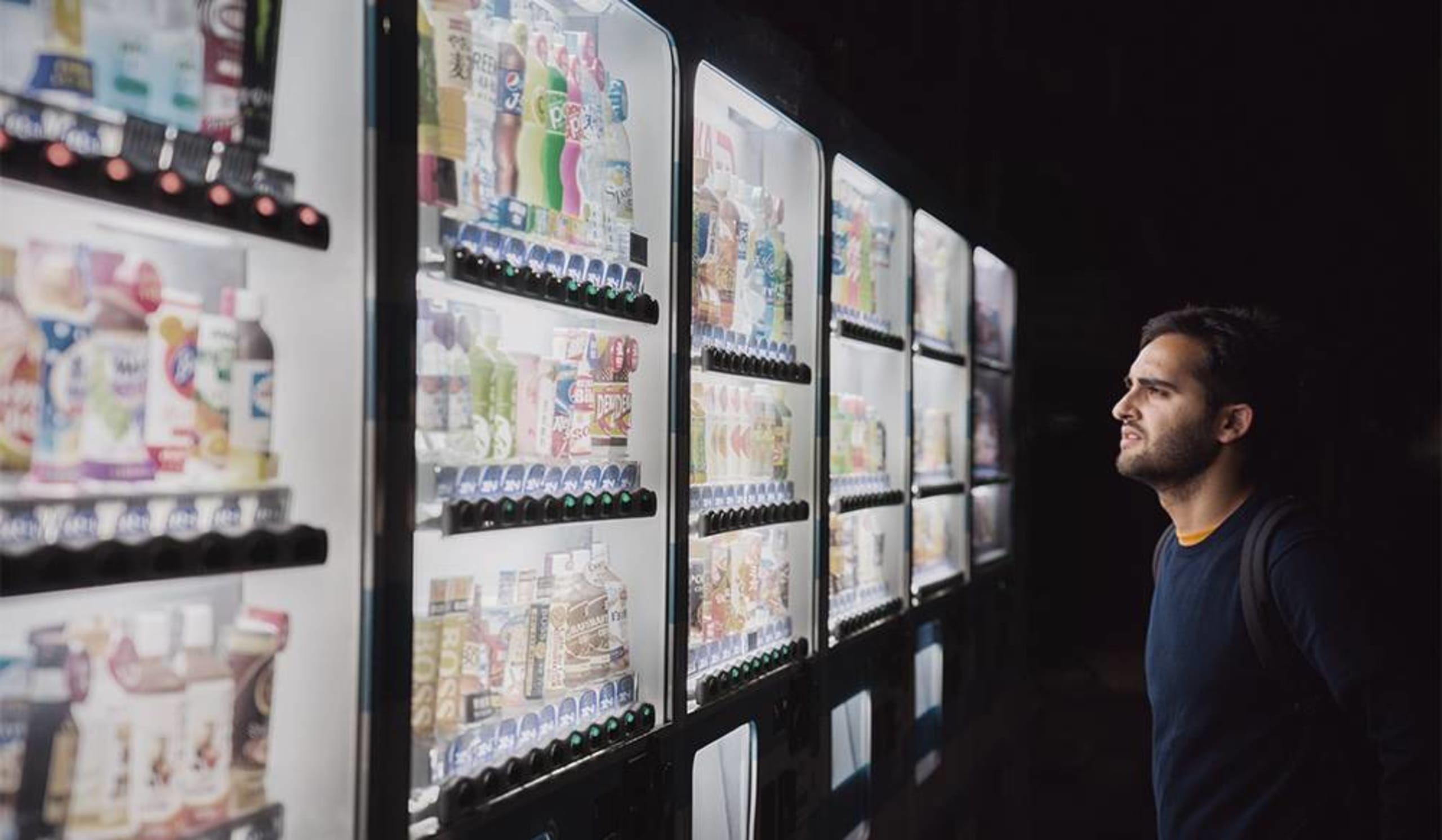
The first part of the year is always busy for the strategic planning group here at Doe, as we devour and discuss a nearly never endless library of 2020 Trends and Predictions Reports.
We’ve combed through over 40 different reports that address everything from changing consumer behavior to their media consumption patterns to their evolving worldviews. We do this to help our clients unlock new and interesting opportunities. Because in most cases, business success boils down to answering two questions:
What do consumers want?
What will consumers want next?
Trends are rooted in basic human needs (like belonging), wants (like recognition) and desires (like convenience). But they are also the result of a constantly changing world (like globalization, an aging population or the sharing economy).
To get you started, here are our Top Five Trends for 2020:
The status of anti-consumerism
“Achieving and showcasing status is a deep biological need that drives so much consumer behavior, but what defines social status continues to evolve. In 2020, we’ll see more upheaval in status-driven consumption and behavior as people proudly reject new for upcycled, abundance for moderation and obsessive tracking for more holistic self-care. Tapping into the motivations behind these changing dynamics can be key in helping brands build affinity.”
– Amy McNatt, SVP Director of Strategic Planning
Data as currency
“This is my favorite trend because it shows how powerful consumers can be when they realize they've been wronged. After years of their personal data being collected without (clear) consent or compensation, consumers are recognizing the power and value of their data and are beginning to use it as a currency. No longer will corporations be able to take their data without showing consumers what they will get out of it. Clearly it has already had an impact, with cookie giant google vowing to remove third-party cookies from Chrome in the near future.”
– Briony Norcross, Brand Analyst
Burnout
“I like that this trend has a somewhat ironic twist. Some of today’s most successful brands have conditioned us to expect everything ‘on-demand,’ but then those same expectations have been placed back on consumers themselves. Boundaries between home and work have dissolved, and the #hustle became glorified. But the negative effects on mental and physical health are being felt worldwide, with the World Health Organization dubbing it an ‘occupational health risk.’ Now, consumers are turning to other on-demand brands to help them combat the burnout they are feeling from society’s on-demand expectations.”
– Lauren Alwine, Senior Brand Planner
Micro-learning
“With shortened attention spans and busy work and personal lives, consumers are looking for news and information delivered in snippets and sound bites. Micro-learning platforms have emerged to meet this new consumer expectation as time-strapped consumers look for shortcuts to staying on top of information and entertainment. Brands can deepen their connections with consumers by providing ‘snackable’ content that informs or entertains – a more empathetic way for brands to create relationships by providing added value to consumers in a way that fits their lifestyles.”
– Matt McDonnell, Senior Brand Planner
Single serve
“The number of people living alone (either unmarried, divorced or widowed) has doubled in the last 50 years, and, single households account for nearly half of total households worldwide. (In the United States, single-person homes currently make up about 28% of total households but occupy as much as two-thirds of available real estate in certain urban centers). These numbers will continue to grow and should encourage brands to think critically about the ‘self-partnered’ lifestyle… affordable housing, community/connection, limited storage space, single-serving recipes and manageable grocery-store portions.”
– Steven Coulombe, Brand Planner
Of course, understanding the trends is only half the equation. Being able to apply the trends is where the real magic happens. Through workshops and other strategic sessions, Doe-Anderson works with our clients to understand the trends and then apply them to our clients’ business challenges. Ultimately, understanding consumer trends is just one tool we use in helping clients develop marketing programs and even product solutions that address consumers’ ever-evolving expectations.
)
)